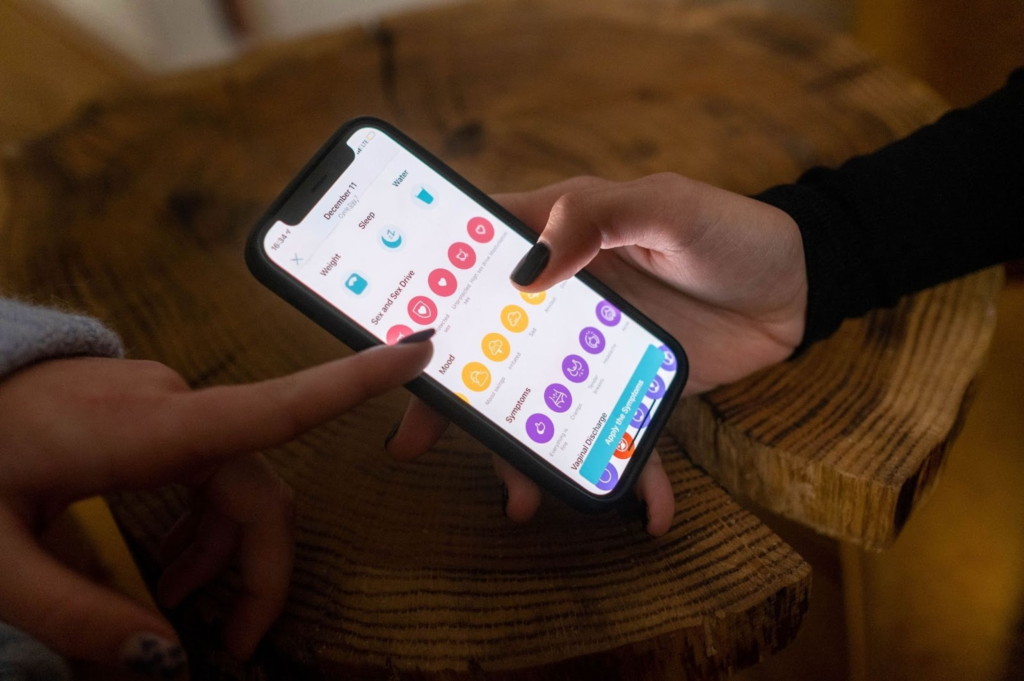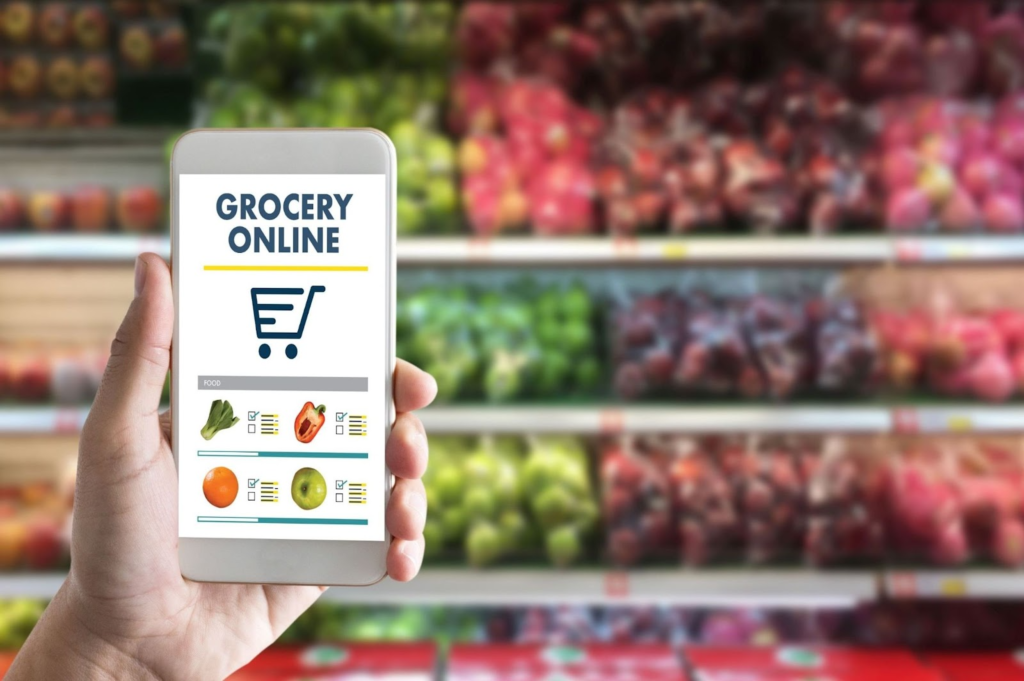
Across the world, online holiday sales in 2024 totaled $1.2 trillion, based on information from the software provider Salesforce. It reflects a 3% increase compared to the previous year. Interestingly, around $842 billion came from mobile devices. In today’s crowded digital landscape, winning isn’t just about having a great app; it’s about being seen at the right time.
For digital marketing managers and app developers, this means mastering seasonal advertising. It isn’t just about a one-time push for the holiday season; it’s a strategic approach to mobile app marketing that leverages the rhythm of the calendar year to boost app growth and revenue consistently.
Understanding App Seasonality: Why Timing Is Everything
Seasonality reflects the predictable ebbs and flows in consumer buying patterns throughout the year, driven by holidays, weather changes, and cultural events. These patterns create unique opportunities for mobile app marketing, and understanding them is crucial for your marketing strategy. By aligning your marketing efforts with these periods of heightened interest, you can maximize your reach and capitalize on consumer demand when they are most receptive to your message.
For example:
- Summer is the time for adventure and fun, with consumer behavior data showing people are three times more likely to dine out and shop in retail stores.
- Winter is associated with reflection and giving, making it an ideal time for charitable initiatives and holiday campaigns.
- The back-to-school season alone generates $37 billion in sales, demonstrating why tailored marketing campaigns matter.
Don’t just think about the big holidays like Christmas and Black Friday. Smaller, niche events like National Coffee Day or even Shark Week can provide lighthearted ways to engage your audience and showcase your brand’s personality.

The Pre-Planning Playbook: Creating Your Seasonal Marketing Campaign
A successful seasonal marketing campaign doesn’t happen overnight. It requires foresight, meticulous planning, and a deep understanding of your target audience. Here’s a step-by-step approach to get ahead:
1. Plan Ahead With a Marketing Calendar
Start by creating a comprehensive marketing calendar that maps out key seasonal events, holidays, and even more minor observances that are relevant to your app. Marketers should build this calendar months in advance. For major retail events, like the holiday season, many businesses start their seasonal marketing efforts as early as October to capture shoppers who begin their purchasing early.
2. Leverage Data-Driven Insights
Your historical sales data is a roadmap to future success. By analyzing past performance and using tools like Google Analytics and Google Trends, you can identify your app’s peak and off-peak periods. This analysis will help you:
- Forecast future demand to make smarter decisions about your inventory and ad spend.
- Personalize your marketing by understanding how consumer behavior shifts with the changing seasons. For example, consumers look for “summer clothing” during the summer months, which reflects that they have an increased interest in clothing options.
3. Repurpose and Refresh Content
Creating a constant stream of new content can be overwhelming. Instead of starting from scratch every time, repurpose and refresh your top-performing content from past seasons. An Adobe study found that nearly half of small business owners who repurposed content saw an 11-25% increase in engagement rates.
Update the visuals, copy, and offers of a successful post from last year and rerun it. This approach not only saves time but also maintains consistency in your brand identity, which builds trust with your audience. It is one of the most effective ways to utilize available resources to maximize results.
Execution and Optimization: Making Your Campaign Stand Out
Once your plan is in place, it’s time to execute with creativity and precision. The goal is to create content that feels relevant and compelling to your audience during each season.
1. Leverage on Mobile OEM Advertising
Mobile OEM advertising is one of the most effective strategies for achieving excellent results during the festive seasons. Many alternative app stores launch seasonal campaigns targeting local festivals and shopping events, and advertising on these platforms during that time allows you to take advantage of that opportunity. This will ensure that your app reaches the right audience at the right time. With minimal effort, you can achieve significant returns.
2. Tailor Your App and Marketing Assets
Your ad campaigns should reflect the mood of the moment. It means updating your app’s metadata, keywords, and visuals to align with the seasonal themes. For example, a game app could change its in-game environment to a “Haunted Harvest” theme for Halloween, promoting this change in its app store screenshots and video previews.

3. Master Social Media and Targeted Promotions
Social media is a powerful tool for building seasonal buzz. Promotions and contests on platforms like Instagram and Facebook can increase your post reach and drive engagement. Did you know that posts with one hashtag receive an average of over 29% more interactions, especially if they have fewer than 1000 followers, and up to 79.5% more engagement when marketers use 11 hashtags?
Beyond the obvious, weather-based marketing tactics can be a secret weapon. 91 percent of posts that received more than 1,000 comments were related to giveaways. You can use geo-targeted advertising to promote winter coats during cold snaps or umbrellas before rainstorms, which can boost sales during peak weather-related periods.
4. Use Urgency and Emotional Triggers
Seasonal promotions are more than just discounts; they’re an opportunity to create a sense of urgency and excitement. Use limited-time offers and time-sensitive messaging to motivate users to act quickly. Emotional triggers, like nostalgia, are particularly effective during the holiday season and can be used in creatives to build a deeper connection between your app and the festive mood.
Post-Campaign Analysis: Learning for Next Year
The work doesn’t stop once a seasonal campaign is over. Post-season analysis is a crucial step to evaluate your marketing efforts and learn for the future. We should review key metrics such as:
- Conversion rates and sales uplift: Compare your performance to your baseline to see how successful the campaign was.
- Inventory and margins: Analyze which products sold well and which didn’t to plan future product selections.
- Marketing effectiveness: Evaluate which channels and ad formats yielded the best results to optimize your ad spend for the following year.
- Customer feedback: Review app store ratings and support queries to spot patterns and address pain points.
By taking this holistic approach, every seasonal launch becomes an opportunity to refine and strengthen your digital marketing strategy, ensuring your app continues to grow and improve year after year. The goal is to build agility and informed decision-making into your process, so when the next season rolls around, you’re not just ready—you’re ahead of the game.

Conclusion
In conclusion, mastering seasonal advertising is essential for app developers and digital marketers aiming to enhance growth and revenue in an increasingly competitive landscape. By understanding consumer behavior patterns and strategically planning campaigns around key seasonal events, businesses can optimize their marketing efforts and engage their audience effectively.
The combination of data-driven insights, creative execution, and tailored content not only ensures that your app stands out during peak periods but also fosters a deeper connection with users year-round. Embracing the rhythm of the calendar can transform seasonal marketing into a powerful tool for sustained success.
Want to master the fast-paced world of mobile commerce in 2025? Discover all the cutting-edge strategies for e-commerce and quick commerce in our Ultimate Guide to Scale Quick Commerce and E-Commerce Apps in a Mobile-First World. This handbook is designed for developers and marketers to help them dominate the mobile-first landscape!
To take advantage of the mobile OEM advertising, contact us today!

About the Author






